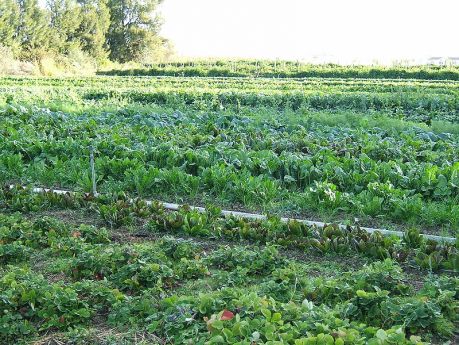How plants communicate

Vegetable, fot. public domain
Researchers have discovered that roots provide plants with environmental information, enabling them to communicate with other plants and 'warn' them about impending stress.
All living things need to acquire information from their surrounding
environment in order to survive changing conditions. Plants can
distinguish between environmental stresses like drought or disease, and
even warn nearby organisms of such dangers.
The EU-funded ROOTS (The roots of plant productivity: How the rhizosphere interact with the aboveground armament for indirect and direct defense against abiotic stressors) project looked at how roots affect plant growth by sensing and responding to environmental stimuli.
Since many plants cannot tolerate excess salt in their environment, high-salt conditions provide a good model for studying how plants respond to stresses like drought. When researchers grew plants under high-salt conditions, they found that the underground roots sent chemical signals to the aboveground shoots, prompting physiological and growth changes.
Incredibly, the same changes occurred in unexposed plants growing close to the salt-exposed ones. These neighbouring plants closed tiny pores on their leaves' surface to avoid taking in excess salt and losing water.
They also changed their metabolism in preparation for an impending stress they were not yet experiencing. This advanced warning allowed the plants to cope better when researchers exposed them to the same high-salt conditions as their neighbours.
In trying to explain this phenomenon, researchers discovered that the stressed plants emitted higher levels of chemicals known as volatile organic compounds (VOCs). When researchers exposed unstressed plants to certain VOCs, they triggered the same response. This confirmed that neighbouring plants perceive VOCs emitted by stressed plants as a warning signal.
Such communication does not apply only to stress; researchers found that plants also gave their neighbours information about environmental conditions like nutrient availability. This allowed them to adjust their growth and allocate resources accordingly. In a surprising twist, plants that were genetically closely related cooperated by sharing space and avoiding competition with less-related plants when resources were limited.
Understanding plant growth and behaviour, and particularly how plants respond to stress, is important for improving crop production in a warming, drought-prone climate.
published: 2016-03-29